










































































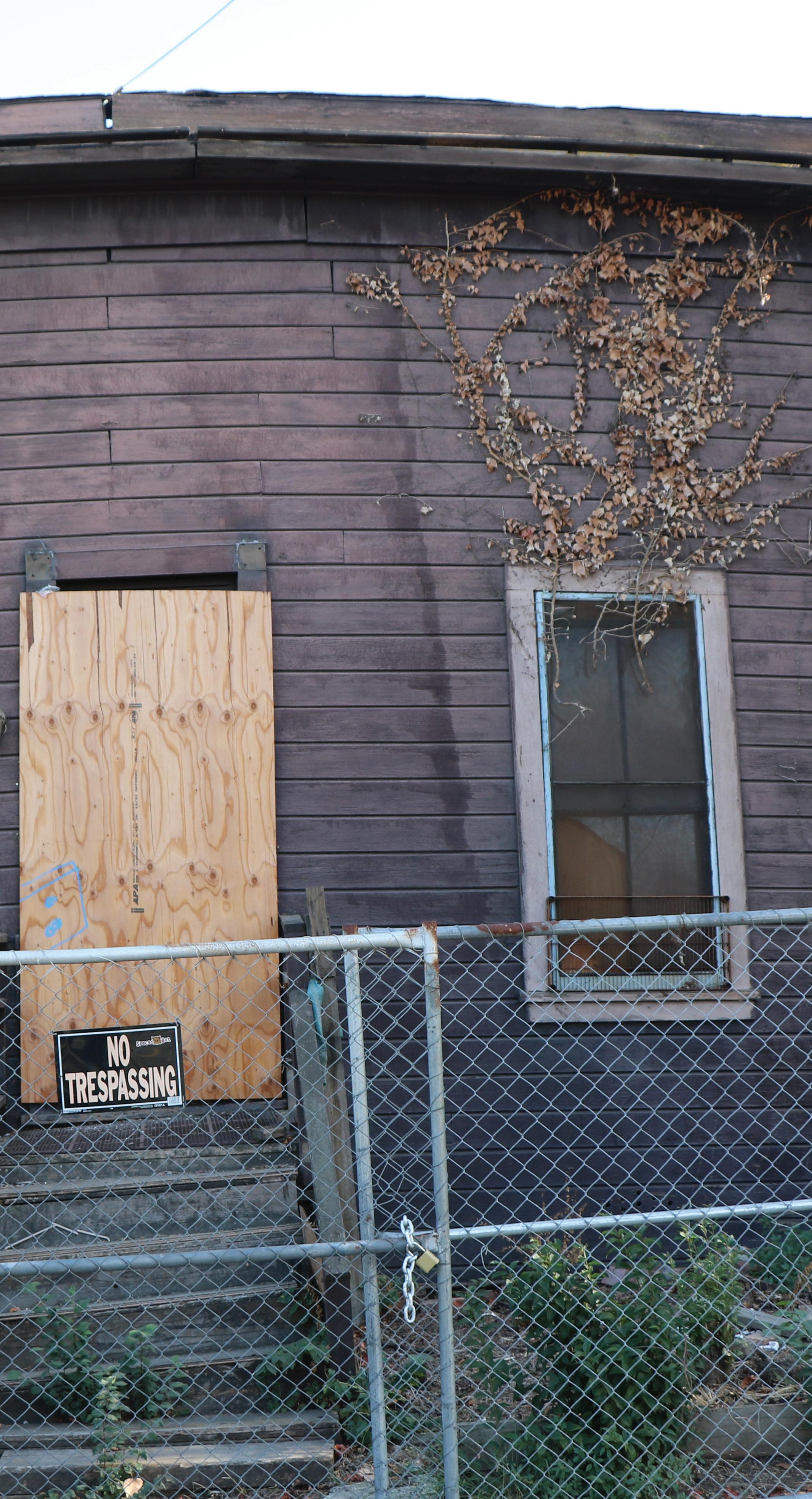
The average price for a one-bedroom apartment in San Jose, one of the most expensive places in the U.S., is $1,629.
In an area that has become synonymous with billion-dollar tech companies, with houses on the hills and more millionaires per capita than any other U.S. city, San Jose has become less and less affordable for the people who maintain the city.
The rising cost of housing and the lack of resources available to residents has been making it difficult to find and maintain a liveable place to call home.
has a role in shaping our perceptions of people going through unimaginable struggles.
As we continue to navigate the housing crisis, this also means looking at the effects as to why living costs have risen.

Families, students, professors and other community members have been feeling the rippling effects of increased cost of housing, whether it be at the grocery store or at the gas pump.
The institutions that are supposed to provide the safety net for people down on their luck have not been taking responsibility.
Words matter. The way we speak, read and write about houseless people has to change. The world has a negative idea of houseless people and their experiences. This dehumanizes them completely, and language has a role in shaping our perceptions of people going through unimaginable struggles.

Some of the people highlighted in this issue have gone to extraordinary lengths to keep their basic needs in tact and some are simply living without them met.
Another distinction, apart from direct quotes, we have decided to retire the use of the word “homeless” to refer to unhoused or houseless people. The word “homeless” carries derogatory connotations and as the houseless crisis deepens, the words used to describe unhoused people are critical.
Words matter. The way we speak, read and write about houseless people has to change. The world has a negative idea of houseless people and their experiences. This dehumanizes them completely, and language
Even so, there are people within the SJSU community who have made it their mission to bring resources to those who need it most. Even with little funding or assets, organizations on campus have created opportunities to house students and residents who are dealing with the housing crisis at hand.
This issue illuminates some of the realities of houselessness and being basic-needs insecure.


We hope these stories raise awareness toward this crisis and are a form of support for those in need.
SJSU Cares: A San Jose State assistance program and center that assists students facing unforeseen economic crises by providing direct support around basic needs including food, housing, emergency assistance, etc.
Student Homeless Alliance: An SJSU student-led organization that is dedicated to bringing awareness and support to the student houseless population on campus.
Houseless/houselessness: To refer to people without homes, considered a more positive connotation than the term “homeless.”














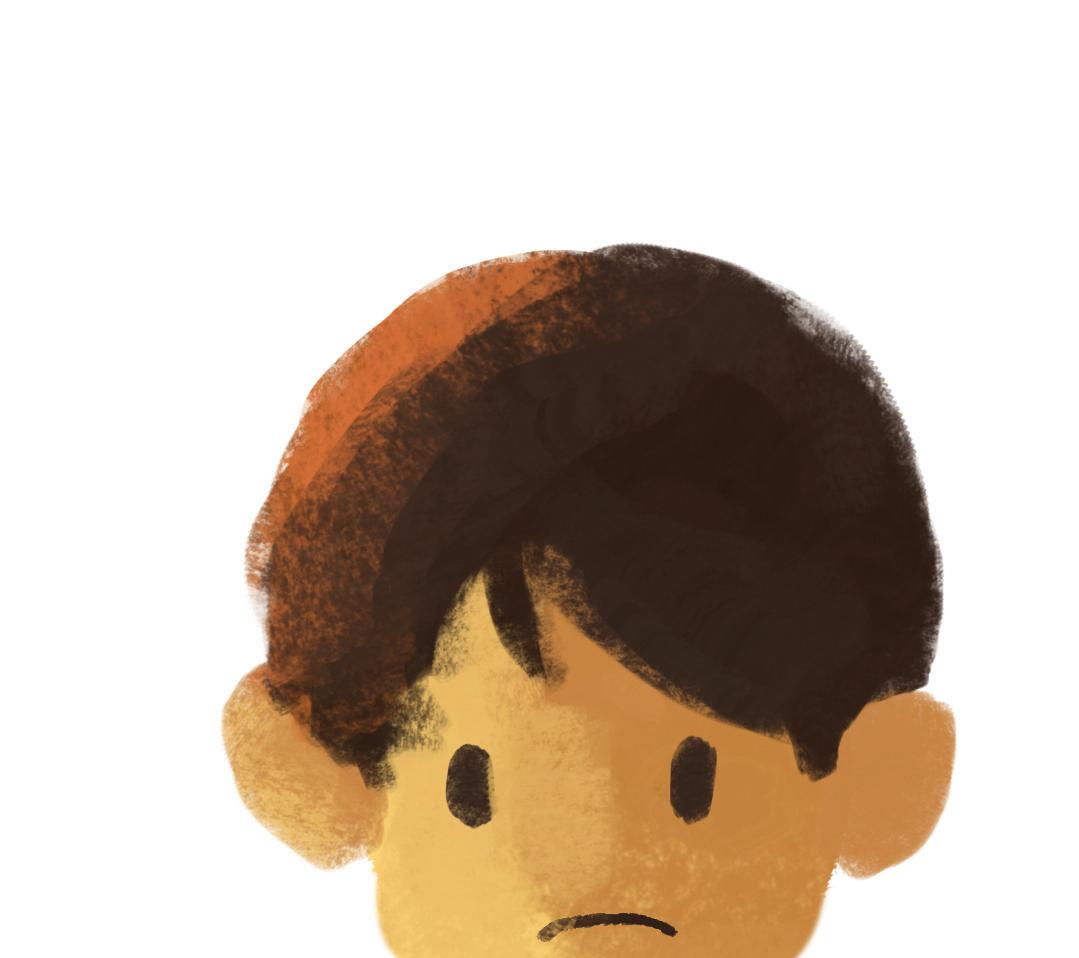

Continued from page 4
building in the long term,” Brady said.
As of today, the cost of housing in San Jose reaches levels that are 143% higher than the national average, according to PayScale, a American software and data company.
The Out of Reach 2022 report also shows an estimated salary to afford a two-bedroom apartment in the San Jose area is $55.15 per hour.
Snider said people who are in charge of setting policies and working conditions such as the Occupational Safety and Health Administration have fought valiantly to keep the minimum wage low.
He also said it is important to identify the workers who receive minimum
wage.
“I am not saying there are not independent people,” Brady said. “But in many cases, they are actually part-time workers and young workers and then they live at home with their families.”
He said another factor that should be considered is the number of people that can actually contribute to the rent payment.
For instance, he said a minimum-wage worker might have a partner who contributes to the expenses.
“In other words, the statistics about cost of living do not expand proportionally to the number of people in a relationship,” Brady said.
A recent report by the National Low Income Housing Coalition shows that a minimum-wage worker needs about 3.4 jobs to afford
While San Jose raised the minimum wage to $16.20 per hour, the










Andres Benavides works two part-time jobs to face his monthly expenses while studying at San Jose State for his master’s degree in “Navigating being a full-time student and having two jobs has been very stressful and I sometimes contemplate leaving one of my jobs, but then I realize that I need that second income,” Benavides said.
He also said prices in grocery stores have exponentially risen over “I used to go to the grocery store and spend $100 and I would buy a good amount of items,” Benavides said. “Now, I spend the same

A recent Coalition shows that a worker needs about 3.4 to afford the rent of a two-bedroom apartment in San Jose. cost of living continues to outpace housing prices school counseling. but then I realize that I need that second Benavides said. the past few months. “I used to to the grocery store and $100 and I would a amount of items,” Benavides said. “Now, I the same amount of money on half the [amount of] items.” 2022,”states the U.S. in terms of cost of housing.
The National Low Income Housing Coalition report, titled “Out of Reach 2022,” states California is the second-most expensive state in Data shows that between the first quarter of 2021 and the first quarter of 2022, median rents for two-bedroom apartments in
metropolitan counties increased 15%, or $179
A worker needs to make about $39.01 per hour and work about 104 weekly hours to afford a two-bedroom rental home in California, according to the Out of Reach 2022 report. That translates into about 15 hours of work per day to afford rent.
With the cost of housing “skyrocketing” over the past two years, the situation in San Jose seems to be even worse.
Kelly Snider, SJSU urban and regional planning director, said a lot of houses had been built in the San Jose area between the ’40s and ’60s, but a drastic stop in construction contributed to the skyrocketing housing prices.
Snider said. “The reason we stopped is because a small number of

“Sometime around 1975 or 1985 we stopped building new homes,” people wanted it to stop and that small number of people were the local city elected officials.”
She also said the small-town planning directors didn’t want more homes built with the intention of planned scarcity to happen.
“They prohibited the building of apartments and duplexes and quad-plexes,” Snider said.
Similarly, SJSU economics professor Mark Brady said there are two major causes influencing the cost of housing.
“I think the most obvious and major reason for why the cost of living is higher in San Jose than it is in the national average is because of the demand for rented accommodation and the restrictions on
HANNAHA 35-year-old professor who lives in his parents’ home is not unusual. They can’t ord to live here themselves. The ones who can aff housing that they inherited or grew up in.
Occupational Safety and Health Administration is a large regulatory agency of the U.S. Department of Labor that originally had federal visitorial powers to inspect and examine workplaces, according to its website.


“All of those people were making decisions based on economic
outcomes that benefit capitalists and persons owning the businesses,” Snider said.
She said if top companies and leaders can keep minimum wage low then they will have lower labor costs and a major opportunity for making more money.
Although the minimum wage is used as an important indicator in determining the effect of cost of living and housing on residents, Brady said it is important to evaluate the numbers and understand the meaning behind them.
“An awful lot of jobs, which are usually categorized as minimum wage, are actually paying more than $16.20,” Brady said. “If people are earning more than the minimum wage, then actually this particular statistic is not that meaningful.”
However, Snider said the difficulties connected with high costs of housing are not just related to minimum-wage workers, but also to the middle-class workers.
“In other words, the statistics about cost of do not to number people in a workers can’t
“A 35-year-old professor who lives in his parents’ home is not unusual,” Snider said. “They can’t afford to live here themselves. The ones who can afford are probably living in housing that they inherited or grew up in.”
She said people who make more than $80,000 might face difficulties in affording rent in San Jose.
“Those people cannot afford to live here,” Snider said. “They might make far more than minimum wage, but they still cannot afford to have an apartment or a house.”
“Those make far more than minimum but they still cannot afford to


Kelly Snider SJSU urban and regional planning director
Thousands of San Jose State students who have been struggling to afford nutritious food have entered the Student Union to access the Spartan Food Pantry, where they have been able to receive free fresh groceries, since it first opened in March 2019.

The Spartan Food Pantry is one of the campus programs that continues to combat ongoing food insecurity.
SJSU Cares oversees the pantry and helps students who face food insecurity get the food they need.
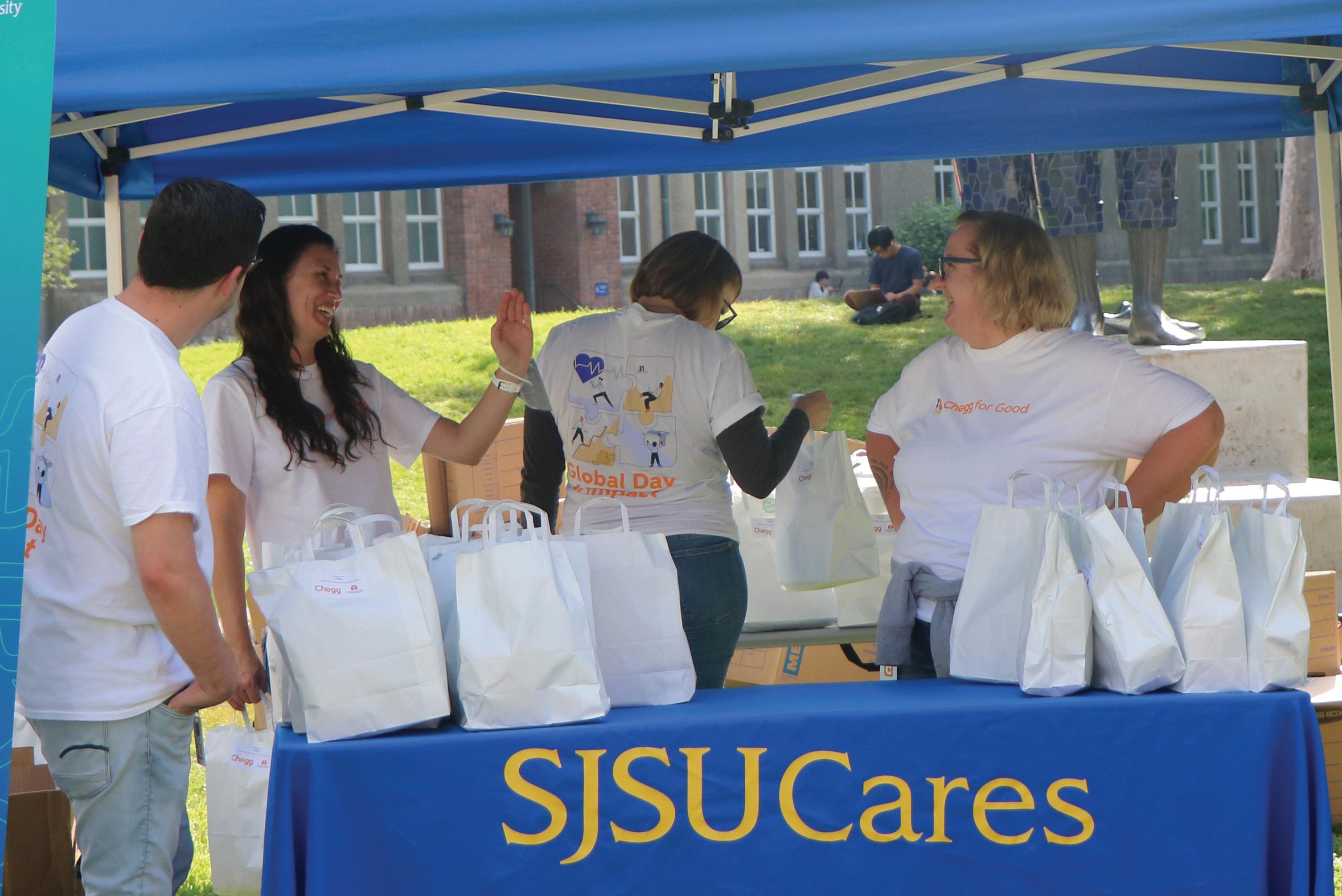
September had the highest number







accessible to students.
Weaver said a student is considered food insecure when they are not able to get their nutritional needs met through their own purposes.
She said as case manager, she looks for those signs when meeting with students.
If a student is skipping meals, has a low budget for groceries or if they have special dietary needs, those signs can imply that they are food insecure, Weaver said.
She said low accessibility to food that meets certain dietary or religious criteria is another way a student can face food insecurity.
Dhruv Varshney, Associated Students (A.S.) director of sustainability affairs, said there are so many community
of student visits since the pantry first opened in March 2019, according to Spartan Food Pantry usage statistics.
Kristen Weaver, SJSU Cares student affairs case manager, said that is likely
members who experience that.
“We have a bunch of different kinds of ethnicities and religions on campus . . . all of them require so many dietary restrictions,” Varshney said.
He said other areas of campus are working to address those
Varshney said the Dining Commons recently opened a vegan section and is seeking to add a section for halal food.
Like kosher food, Halal food is guided by religious criteria that governs how the soon-to-be eaten animals are fed and raised, and how they are slaughtered and prepared for consumption, according to a July 28, 2015 Time article.

Varshney said that there were no options for halal food on campus before The Halal Shack, which serves
Middle Eastern street food, opened in the Student Union in Spring.
A.S. President Nina Chuang said as an institution, it’s important to look at the programs available and ensure that they are accessible to
“If students don’t understand the process and application, they’re not going to bother with applying for these programs that are
made and funded for students,” Chuang said.
Chuang, a food science senior, said she thinks it’s important for students who are passionate about food insecurity to be involved in the conversation surrounding food on campus.
“I just really hope that in the future that our directors and administrators really prioritize [food insecurity] in their actions,” she said.



Kristen Weaver said helping students apply for food support programs is her job, but not every student in need of help is aware of SJSU Cares.
Weaver said outside of the food pantry, there are several other resources off campus that can help students with food insecurity.
For instance, she said the university has the Campus Community Garden, a quarter acre of land on E. San Salvador Street that provides fresh produce.
Weaver also said that CalFresh, a federally funded program that provides funding to purchase groceries, is designed to help food-insecure students.
She said there are also food banks around San Jose that students can utilize.
SJSU Cares has partnered with Second Harvest Food Bank, which provides food for the Spartan Food Pantry.
Second Harvest Food Bank also has staff dedicated to helping people apply for federal programs including CalFresh.
“Having a full stomach isn’t just about getting food,” Chuang said. “It contributes to our students’ success and how we navigate the world and the energy that we put into the work that we do.”
Having a full stomach isn’t just about getting food. It contributes to our students’ success and how we navigate the world and the energy that we put into the work that we do.Nina Chuang A.S. president A sign for the Spartan Food Pantry stands in the grass next to the SJSU Cares tabling event on Tuesday in front of the Olympic Black Power Statue. BRYANNA BARTLETT SPARTAN DAILY


 By Jeremy Martin STAFF WRITER
By Jeremy Martin STAFF WRITER
San Jose State was left out of a sizable sum of state funding for affordable housing this fall.
The university failed to meet the requirements for a portion of a $1.4 billion state housing grant, which was allocated to 26 California colleges, according to a July 21 article by San Jose Spotlight.
SJSU was also one of the few colleges in the Bay Area that didn’t receive the grant, according to a July 8 CalMatters article.
University of California (UC), Santa Cruz, was awarded $89 million, UC Berkeley was given $100 million and San Francisco State received a little more than $116 million, according to the CalMatters article.
Michelle Smith McDonald, SJSU senior director of media relations, said the qualifications for the funding included a specific time frame for an affordable housing project to commence.
“San Jose State University submitted a student housing project for consideration,

but the size of the project and projected building start date did not meet the criteria for state funding in this round,” Smith McDonald said. “Those who were funded submitted specific timelines.”
She said Gov. Gavin Newsom and other legislators indicated that more student housing construction dollars will appear in future state budgets.
Meanwhile, Smith McDonald said SJSU is working with the California State University Chancellor’s Office to ensure the university is “positioned” for the potential next round of funding for housing. The state included an even more specific set of criteria for SJSU to qualify for the grant.
Smith McDonald said the State Department of Finance selected construction projects based on three factors: whether it was intersegmental, the state funding needed per affordable bed and the proposed rents of the new housing facilities.
She said the administration used that approach to sort projects into three groups: projects proposed for first-round funding, projects that were eligible for first-round funding but lower priority and projects that were ineligible for funding.
State lawmakers initially created $500 million for nine different colleges to build new student beds this year through a competitive application process, according to the same San Jose Spotlight article.
But interest in the program outstripped available funds as 42 of the state’s colleges responded to the offer, with each of them requesting $2.8 billion dollars.
In March, the Department of Finance proposed granting the nine campuses
a share of the $500 million, even after the agency determined 17 other valid applications, according to the CalMatters article.
Ultimately, Newsom and other legislators settled on awarding the 26 campuses, denying SJSU’s application.
The university has an unhoused student population of 11.2% on campus, according to the SJSU Cares Basic Needs Survey from Spring 2021.
SJSU also has a sizable population of both working-class indigenous students and students of color, a population that must be considered in housing efforts, according to the San Jose Spotlight article.
“It’s incredibly upsetting that we didn’t do everything in our power to try to at least fight for some of that money,” Majano said despite the university not qualifying for the grant. “I believe that even a portion of that money could have [gone] to such great use, especially for San Jose State because we have some of the highest cost of living in the entire country.”
Kristen Weaver, SJSU Cares case manager, said while it’s a shame that the university didn’t meet the requirements for the grant, it won’t be its only chance to receive financial support.
“It’s a shame to lose out on that opportunity,” Weaver said. “But I also trust that there are going to be other opportunities that come up. I know, for instance, that [SJSU Cares is] always regularly looking at grant opportunities and other things that our office can take advantage of.”
SJSU Cares have taken 667 requests for assistance in total for the 2021-22 academic year, according to its summary statistics report.

According to the report, 64.5% of those students requested assistance in housing.

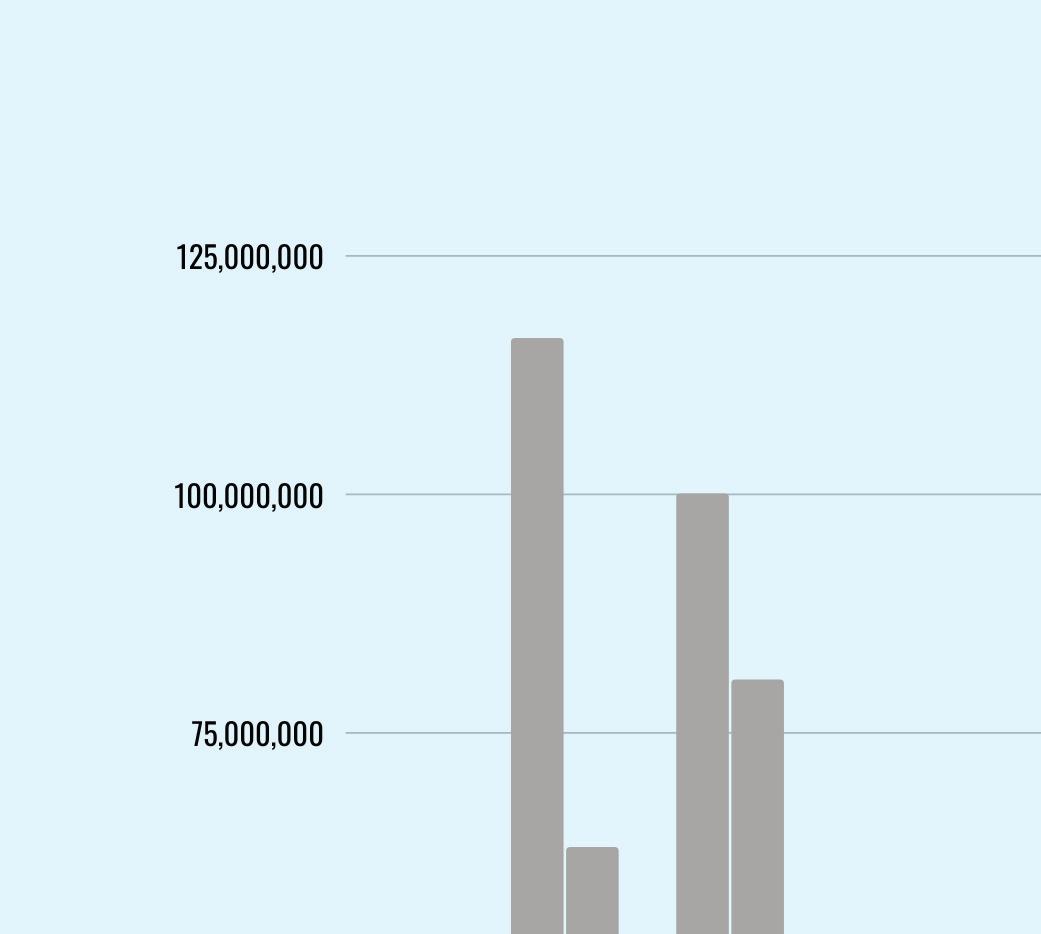 Kristen Weaver SJSU Cares case manager
Kristen Weaver SJSU Cares case manager
Smith McDonald said the school is aware of how important affordable housing projects are to the in-need student populations and are working to secure funding and progress as quickly as possible.
Anthony Majano, sociology senior and Student Homeless Alliance president, said he feels very strongly about the university missing out on the state grant.
Weaver said while students request assistance in housing, it’s important to distinguish that not every one of those students are unhoused.
“I think sometimes there’s a misconception that when people request assistance for housing that means that they are currently homeless,” Weaver said. “That is not the case.”
Follow the Spartan Daily on Twitter @SpartanDaily INFOGRAPHIC BY BRYANNA BARTLETT; SOURCE: JULY 8 CALMATTERS ARTICLEIt’s a shame to lose out on that opportunity, but I also trust that there are going to be other opportunities that come up.
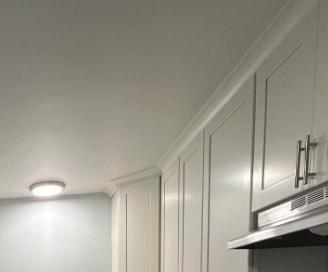
 By Carolyn Brown OPINION EDITOR
By Carolyn Brown OPINION EDITOR
The San Jose State Facilities Development and Operations members say the university is combating the city’s housing crisis by pushing forward affordable-housing construction for faculty and staff.

“[Faculty and staff] cannot afford to come here even on the salaries that are offered,” said Sabrina Porter-Parees, a college analyst in the College of Health and Human Services, during the Oct. 11 panel in the Student Union.

Porter-Parees said staff retention has been affected because of the lack of nearby affordable housing.
Current employees who have “super-commutes,” a commute that is more than 90 minutes one way, are more likely to burnout. They are leaving SJSU to pursue jobs in areas with more housing security, according to the workforce housing presentation during the panel.
Kelly Snider, SJSU urban and regional planning director, said part of what makes housing in the Bay Area so expensive is the cost of labor.
“We saw this in a very serious way when the fires in Santa Rosa came through about five years ago,” Snider said. “All of them had insurance money, there were hundreds of millions of dollars available to hire labor to rebuild those communities, but they couldn’t find anyone to do it.”
Another issue that comes into play when building affordable housing are zoning laws.
“Believe it or not, most of the zoning laws that you’ve heard of or read about, or heard your kids or your grandparents talking about, were all put in place, on purpose, to discriminate against certain classes of people, whether it was people of color or new immigrants or non-English speakers or you name it,” Snider said.
Zoning refers to municipal or local laws and regulations that govern how property can and can’t be used in certain geographic areas, according to a Feb. 24 Investopedia article.
She said unwinding discriminatory
zoning laws will help with the housing crisis.
Panelists during the session also talked about the proposed Alquist redevelopment, which is expected to be located on Third Street next to the Hammer Theatre Center.
It is expected to include 24 stories and at least 1,000 units, in which at least 50% will be workforce housing, according to the SJSU Alquist Redevelopment webpage.
The redevelopment is expected to be finished in 2027, according to the Alquist Redevelopment Timeline.
Snider said Alquist would be able to avoid some zoning issues.
“A third of what I just described probably doesn’t even apply to the Alquist site,” Snider said. “It gets to sort of







leapfrog straight up to the state, to the [California State University] system for all of its jurisdictional approvals.”
Regarding the Alquist development, Porter-Parees presented the 2020 SJSU Staff Council survey that found 70% of respondents were in favor of it.
Sharon Watkins, SJSU Information Technology lead software specialist, said she is only interested in workforce housing if it is below market rate.
“If they’re going to have something that’s the same price as what they’re offering now then what’s the point?” Watkins said.
According to the Alquist redevelopment webpage, the ratio of below market value to market value housing will be determined through the request for proposals and request for qualifications results.

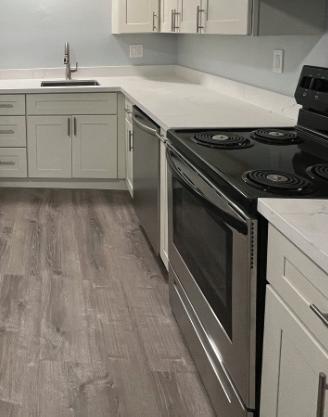
According to the business blog HubSpot, a request for qualifications is sent when you know exactly what service you want and you really only need to know the price. A request for proposals is sent when it’s more complicated and you want to evaluate other factors besides price before making a decision.
Watkins said the amount of subsidized housing also matters to her because that amount affects whether people will be able to afford it.
“For something that’s gonna cost you $2,000,” Watkins said. “Are you gonna have to pay $1,800? Are you gonna have to pay $1,500? It’s a big difference.”
A month after sweeps have been occurring at an encampment near Norman Y. Mineta San Jose International Airport, about 200 remaining unhoused residents are panicking and anxious after receiving 72-hour notices on Oct. 13.
Orange signs affixed on the residents’ vehicles at the encampment, mainly known as the Field of Dreams, were put there by San Jose Police Department officers on Oct. 13 to abide by federal orders.
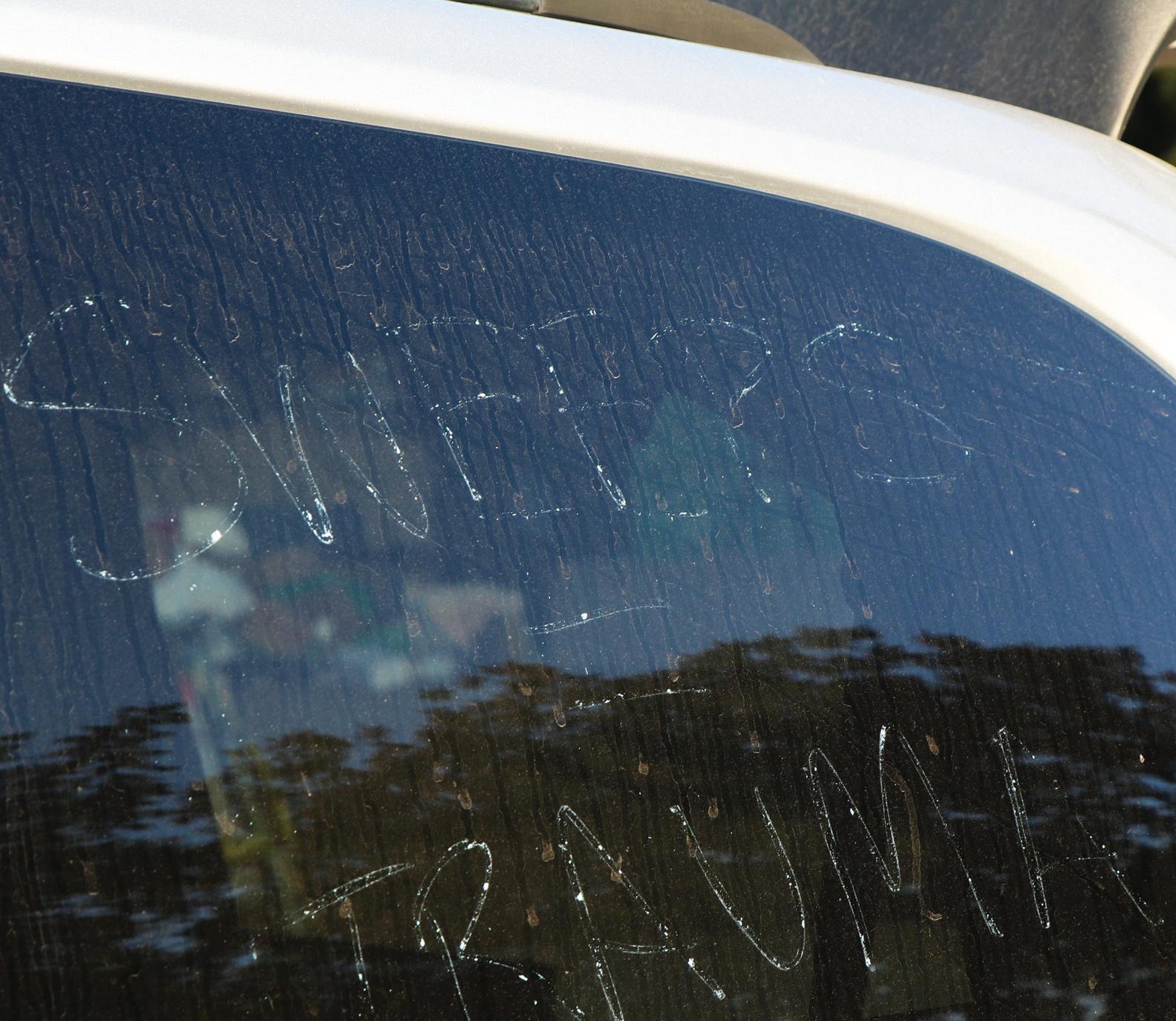
A Field of Dreams resident known as “Boochie” said the encampment used to be located on Spring and Ashbury streets but it was moved by the city two years ago to Ashbury and Irene streets.
“[The city] told us we could stay here for two years until they figure something out [for us] but you know what? What it was was a bunch of bullshit, it was to move us away from there peacefully,” Boochie said. “They don’t just want to clear you out, they want to get rid of everything you own.”
Boochie said city officials have come and taken belongings from certain residents, including RVs and demolished their items in front of them.
“They don’t just destroy it, they take it apart piece by piece and then lay out the pieces in front of you to see,” Boochie said.
City workers have been dismantling the unhoused encampment to meet federal demands from the Federal Aviation Administration to clear the encampment from the flight path of the airport since the first week of September.
The Federal Aviation Administration threatened to withhold millions of dollars from federal funding if the camp wasn’t cleared by the deadline set by the agency, according to a City of San Jose report regarding the encampment.
The sweeps have happened sporadically, with the deadline being extended by city councilmembers multiple times and the Federal Aviation Administration giving extensions until the city is able to clear the encampment from the park,
according to a Sept. 1 San Jose Spotlight article.
The population of the encampment includes about 100-200 houseless residents, according to the San Jose report, which was last updated on Aug. 10.
However, longtime resident Katherine Davis, said the city grossly misrepresented those numbers.
“When I counted [in September], there were about 600 people living here, not 100,” Davis said.
Before the sweep, there were about 500 unhoused residents and the encampment was completely filled with cars, trucks, RVS and tents, according to a Sept 21. KQED article.

On Oct. 13, the number of residents and vehicles was nearly half of that.
Shaunn Cartwright, co-founder and member of Unhoused Response Group, a volunteer team serving unhoused residents food, water and other necessities, said the residents and her team fought to have the residents be able to count the population of the encampment, rather than an agency.
“[The city was] initially going to have one of the vendors count this area and we fought [it],” Cartwright said. “A couple of other people were like, ‘Why wouldn’t the people who live here do the counting?’ ”
With the dismantling of the camp, San Jose also promised some of the unhoused residents that it would find them housing, according to the KQED article.
Roberto Agundec, a resident of the encampment who has lived there for a year, said the city bought his RV from the space for $500 and is expected to place

him in an apartment on Ninth and St. John streets.
Agundec said he and his wife had been houseless on the streets for ten years and he moved to the Field of Dreams after his wife died from cancer in 2021.
He said he is looking forward to a place of his own, though he can only stay there for a year.
Agundec said after that, he will likely be back on the streets.
“The city aren’t going to get involved in these issues,” he said.
Other unhoused residents feel that the city continues to give them empty promises.
Kimberly Williams, who became a resident of the encampment after losing her grandparents, said there’s a lot the city could do, but choose not to, for the residents.
“I think they can make things a lot easier for people. They make things kind of difficult. I have a dog and that makes everything a lot harder to find places because a lot of people don’t want pets,” Williams said. “Without my dog, that’s my mental health right there. She drives me crazy, but I can’t imagine not having her. She’s been through a lot with me, she’s my companion.”
Katherine Davis was able to find permanent housing after living in a tiny homes community in San Jose.
Tiny homes are interim housing, with the city operating five different communities, with the goal of finding permanent housing for people that reside in the homes.
“I was homeless for 18 years and last November I was blessed with a tiny home, but it’s very hard for people to get housing right off the bat, it’s horrible,” Davis said. “The tiny homes that were the first ones built don’t have their own
bathrooms, so it’s a walk from the tiny home to there, it’s a community shower, they have community kitchens . . . it’s hard man, it’s only three months.”
Tiny homes don’t work for most people who go through the communities, with residents in Santa Clara County failing to find permanent homes more than half the time, according to a Sept. 27 Mercury News article.
However, the interim housing communities work better than traditional houseless shelters, according to the Mercury News article.
Many Field of Dream residents said the tiny homes come with strict qualifications.
“You can’t bring friends over, it’s worse than being in prison. You can have friends, you can’t really have anything. You know, you have to go check in every two-three days,” Boochie said. “What do you think happens to people over there? . . . I would rather be out here than deal with that stupid shit.”
Davis also agreed that the qualifications for unhoused residents to be able to live in tiny homes are too strict, with city officials not understanding their experiences.
However, she also said that through the program, she was able to gain permanent housing in October.
“It’s been a long struggle, I did a lot of volunteer work and I’m getting my apartment tomorrow. [Oct. 14],” Davis said.
Follow Bojana on Twitter @bojanaacvSan Jose State University’s Student Homeless Association (SHA) continues to fight for students facing home insecurity with calls for more transparency from the university on housing assistance for students.

4,000 students were houseless in 2019, according to a survey conducted by SJSU Cares the same year.
“Our main goal is to assist the unhoused students at San Jose State University,” said Anthony Majano, SHA President, and fourth-year sociology student. “Whether that be through working directly with the university, and establishing programs or improving various resources offered by the university.”
SHA currently is made up of 21 members that are at the forefront of advocating for home-insecure students. They are responsible for the enhancement of the SJSU Cares Center and helped start the emergency bed program in 2019.
The emergency bed program consists of 12 beds that, as of this fall, are available for home-insecure students for up to 28 days.
Majano said that after the initial piloting
It’s not just about putting them in temporary housing for a few nights, it’s about trying to get them set up in a long-term way so that they can continue their education.
of the emergency bed program in 2019, several students spoke with them about the difficulty in utilizing the services provided by SHA.
“When they asked for a bed, they were asked to use their student loans or they were questioned about whether or not they used all their student loans,” Majando said in a phone call. “Once they were given a bed of their own, they got to stay for two days or so, that was last year.”
Students were initially only allowed to stay for up to two days, but following on-campus
protests last spring, students can now utilize emergency beds for up to four weeks.
The change to the bed policy comes amidst interim President Steve Perez’s first year. SHA commented that he is someone who has been trying to be more transparent than the previous president when it comes to SJSU Cares.
“I know with the previous administration with policy they were very hesitant and reluctant to kind of share any sort of relevant information with SHA,’’ Majano said. “So we have to constantly be demanding for this data to [be looked] at and it took them
way too long for them to get a simple data report to us.”
Advocacy from SHA in fall semester of 2021 led to the opening of a physical SJSU Cares office in Robert D. Clark Hall, where students can meet one of several case managers who work with them to address their economic situation.
The number of requests for assistance SJSU Cares received was three times higher than it was in pre-pandemic years, according to an SJSU Cares summary statistic.
“Student advocacy is such an important part of what happens within the culture of higher education in general,” said Kristen Weaver, an SJSU Cares student affairs case manager.
She advises students dealing with housing insecurity by connecting students to the right program and helping them through any economic crises they might be facing on a case- by-case basis.
She said depending on the level of severity, one of the resources she finds extremely beneficial to eligible students is
Rapid Re-housing is a six-month program where eligible students receive a declining subsidy.
Weaver said the first two months of rent are usually 100% covered.
“It’s [Rapid Re-housing] a pretty substantial rental subsidy,” Weaver said.
“For the folks who do end up being in that spot . . . it’s kind of a game changer.”
She said this program is a substantial financial contribution by CSUs in an attempt to end student houselessness.
“We’ve been able to place a lot of students in housing through that program,” Weaver said. “It’s not just about putting them in temporary housing for a few nights, it’s about trying to get them set up in a long-term way so that they can continue their education.”
Earlier this week, like most days, I finished work in the early morning, around 1 a.m.
My co-workers and I filed out of Dwight Bentel Hall into the quiet and dimly lit campus to begin our trips home.
As the cold air hit us from the warm building we had been working in, I noticed someone sleeping on a bench just outside the door.
Their home for the night, their safety and most sacred space would be a hard wooden bench passed everyday by us San Jose State community members.
My first thought, immediately, was how long would they have before someone called the police, ripping away the smallest bit of respite they found for the night.
San Jose, an alleged beacon for change and innovation, needs to innovate itself to help those most in need of a home because the current policy isn’t enough.
I’ve read Santa Clara County’s 2022-2025 Community Plan to End Homelessness.
They are saying all the right things, as politicians tend to do, but does the county and city actually mean it?
The fundamental issue is that the county and city continue to try and have their cakes and eat it too.
The average median monthly housing costs for the San Jose metro area rank first in the nation at $2,459, according
to the Silicon Valley Pain Index.
The Silicon Valley Pain Index is a yearly published report by the SJSU Human Rights Institute that overviews structural inequalities to inform
world has to offer but also fails to acknowledge that’s the reason that generations of people who have lived in San Jose can no longer afford it.
The community plan can mention
According to the results of a Santa Clara County Point-in-Time Homeless Census, the overall number of houseless individuals counted this year increased by 3% in Santa Clara County (to 10,028) and increased by 11% (to 6,739) in the city
I don’t believe Santa Clara County when it publishes things like the Community Plan to End Homelessness, and honestly the county needs to prove that it means what it says through its
Last year, Santa Clara County experienced close to 250 deaths of unhoused people with early counts from this year, according to a Dec. 21, 2021 San Jose Spotlight article.
As of this year, there have been 167 deaths of unhoused people since September, according to a Sept. 24 San Jose Spotlight article.
I understand that COVID-19 has damaged more than we can really account for and has created serious detriment to the job market and access to This should be considered, however, this isn’t the main problem.
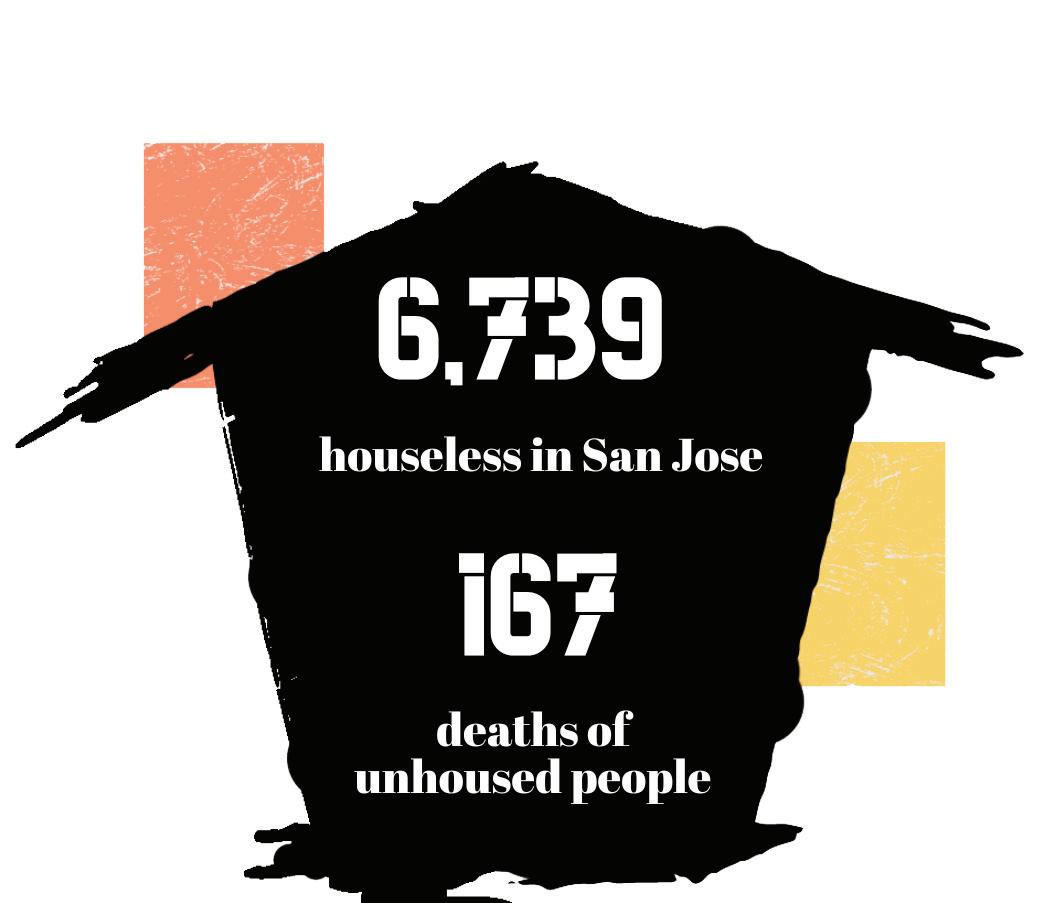
Kristen Weaver SJSU Cares student affairs case manager
Hostile architecture is a design strategy as a form of population control. It is also known as “anti-homeless” architecture.
Some disguise that form of architecture as art, ranging from spikes laid across the ground under bridges, simple designs of extra armrests dividing a seating bench and abstract artistic sculptures used by the public that can deter people from residing in a place for too long.
William Armaline, Human Rights Institute director and San Jose State associate professor in the department of sociology and interdisciplinary social sciences, said hostile architecture is everywhere and he is “no stranger” to that new style of design.


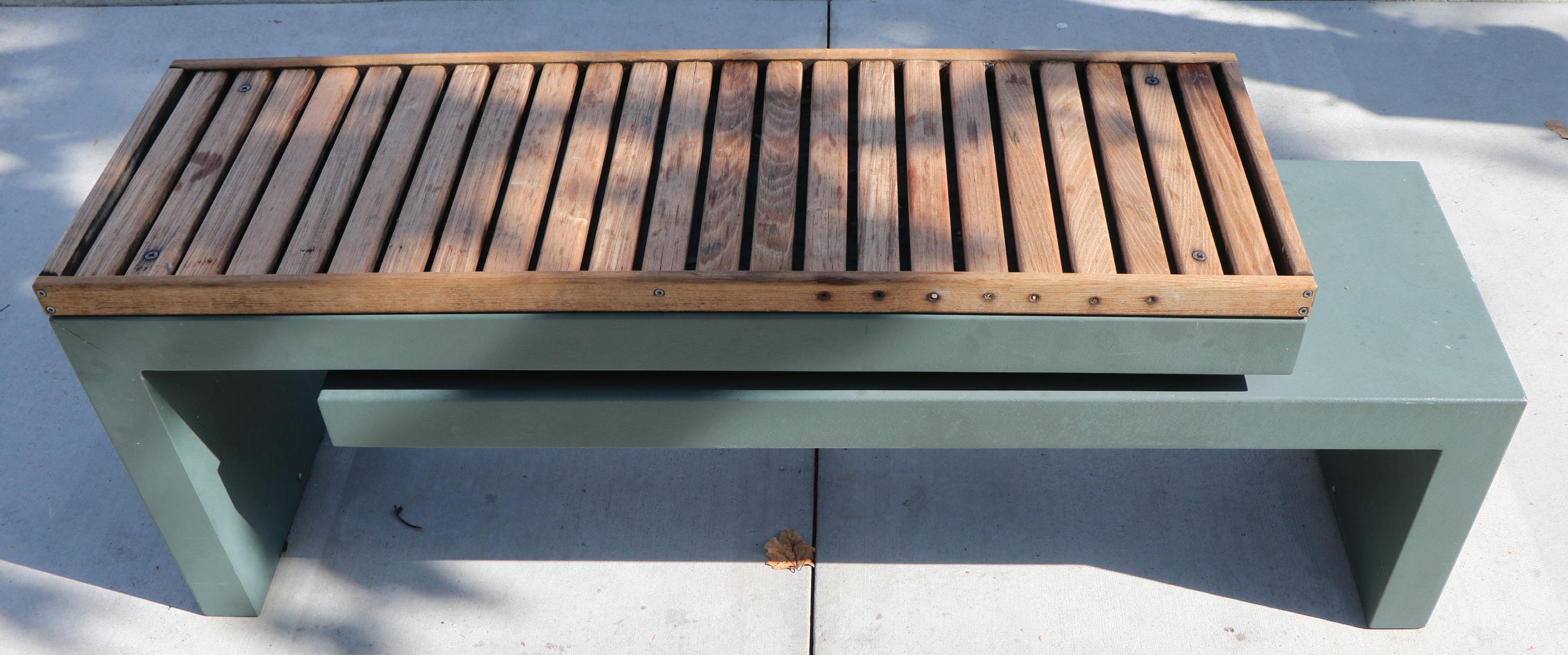
“I have seen it in San Jose, San Francisco, and Oakland,” Armaline said. “The spikes on the ground or uncomfortable things on the benches so you can sit but [not] lay.”
Armaline said the design is targeted toward unhoused and/or poor people.
“I personally remember these things growing up in the late ’90s, early 2000s in New York and places like that, and then of course it got much more common as homeless and other issues exploded,” Armaline said.
As that new form of urbanization makes its way through large cities, Armaline said the architecture contributes to the dehumanization of houseless individuals.
“It is basically trying to remove the eyesore for the property owners and otherwise the privileged,” Armaline said.
“But it’s not like you do that and those folks come in and sit, it’s just left empty.”
On Feb. 23, the city of San Francisco counted 7,800 unhoused residents, which takes up about 1% of the population, according to a June 29 San Francisco Chronicle article.
SJSU history graduate student Joshua Montes said he doesn’t think architecture is any kind of solution given that it just pushes people elsewhere.
“I think hostile architecture is perhaps
What do you do when you don’t want to solve the thing but you need to act like you give a shit about solving the thing? You do a bunch of really cruel stuff to those people that blame the victim and make it sound like it’s the poor person’s fault that is sitting on the bench.
While there have been talks of budget proposals addressing the issue and providing assistance to those that are in troubling situations, the rate of people who have become houseless has risen 7%, according to an Oct. 6 CalMatters article.
“You are basically creating unwelcoming public places because you’re unwilling to deal with the human outcomes of your fucked up system,” Armaline said.
not the most humane application or the most humane solution,” Montes said.
San Jose’s houseless population increased by 11% during the coronavirus pandemic and residents are becoming houseless faster than they are receiving shelter, according to a Sept. 20 article by San Jose Spotlight.
SJSU junior Shane Pasimio said he also feels like hostile architecture is not the correct way to assist the houseless population.
“It’s displacing them and they are going to go to the next city and then that city is going to do the same thing and they are just going to get pushed away,” Pasimio said.
On Sept. 29, California Gov. Gavin Newsom signed a suite of bills to help address the houselessness crisis and enhance the state’s response to people suffering from mental health issues on the streets, which is part of his $22 billion housing affordability and homelessness package, according to a Sept. 29 state news release.
Pasimio said he feels that there should be more houseless shelters as no one is really benefiting from the current take on the poor.
“There should be more homeless shelters, more group community efforts to try to deal with homelessness,” Pasimio said.
As more people are becoming aware of this hidden attack on the poor and houseless, advocates are saying that this form of architecture is inhumane and unethical.
“What do you do when you don’t want to solve the thing but you need to act like you give a shit about solving the thing? You do a bunch of really cruel stuff to those people that blame the victim and make it sound like it’s the poor person’s fault that is sitting on the bench,” Armaline said.
housing insecurity between 2020-21.
Student Homeless Alliance (SHA) president Anthony Majano spoke on what the organization is doing to combat houselessness and support unhoused students.
Hailey Fargo STAFF WRITER
Houseless people have long been dehumanized and viewed by society as an “issue.”
They are simply people who are experiencing poverty or mental illnesses, making it difficult for them to get back on their feet.
Viewing houseless people as a “problem” can force them into feeling shame about their situations and lead people to have a lack of empathy for them.
Houseless people make up a large amount of our population and we should be directing our efforts toward helping them rather than writing them off as a “problem.”
There are about 6,000 residents in San Jose experiencing houselessness, according to the City of San Jose 2019 Homeless Census and Survey.
At San Jose State, 11.2% of the student population has experienced houselessness, according to the SJSU Cares Basic Needs Survey from Spring 2021.
Houselessness is closer to us than we think and it could easily be me or you who ends up in that difficult situation.
In fact, many students have been in similar positions of experiencing housing insecurity and yet those who have the power to effect positive change choose to ignore it.
The SJSU Cares Basic Needs Survey data also shows that 41.5% of respondents experienced
“At SJSU we do protests, hold press conferences or have various marches or rallies revolving around the issue of unhoused students,” Majano said in a Zoom call.
But in March 2019, SHA had to put up quite the fight to meet with former SJSU president Mary Papazian.
However, she took small action toward helping the 4,000 students who were experiencing houselessness in the year prior, according to Chapter 10 of Racial and Social Justice at San Jose State University, a booklet published by the Human Rights Institute.
The Human Rights Institute aims to tackle current social issues that are taking place on a local, national and global scale, according to its website.
The agreement between SHA and Papazian included a 12-bed emergency pilot program in the dorms.
SHA had to put on multiple events before being heard and it should not take that much effort before houseless students are recognized and given assistance.
Scott Myers-Lipton, SJSU sociology professor and Human Rights Institute advisory board member, said he believes the stigma surrounding houselessness directs back to social and structural issues in our society.
“We don’t produce enough low-income housing and the housing that we do have is $3100, the highest in the nation,” Myers-Lipton said in a Zoom call.
Nobody wants to vote in favor of low-income housing because people
see the houseless population as inferior to them.
That stigma will only continue to grow and negatively affect any progress that can be made toward housing the unhoused.
The solution starts with residents changing their perspectives on houselessness and voting for legislation that supports building low-income housing.
“What support there is for housing drops precipitously when any kind of construction is proposed within a half-mile of home, but particularly for low-income housing (a 14-point drop) and housing for the homeless (a 17-point drop),” according to key findings of the 2022 Silicon Valley Poll done by Joint Venture Silicon Value and the Institute for Regional Studies.
That is the reason it is so tough to come back from houselessness.
People just want to turn the other way and judge houseless
people for their current positions instead of questioning how our economy got them to that point.
Film freshman Luke Makinson said he feels that the real cause for houselessness often gets overlooked.
“Some of the things I’ve heard from those types of people within the Willow Glen Neighborhood Association . . . are that some say ‘All homeless people want to be homeless,’ ” Makinson said in a Zoom call. “It is a very odd statement and I think it ignores the factors that push people into homelessness which is our system of capitalism.”
That idea that houselessness is a choice generates the stigma that houseless people are lazy and that their position is their own fault.
“It is much [harder] to go from being unhoused to being housed than it is to go from being housed to being unhoused,” Majano said.
Houseless people often have to work extra hard to find jobs and can
often be met with rejection.
Employers would rather hire people in stable environments, but the unhoused population deserves a chance at housing security just as much as everyone else.
“I think in terms of things people can do today, I mean just interacting with homeless people like they’re people,” Makinson said.
So before offering judgment next time you pass by a houseless encampment, try to remember that those are people just like you and me.
They’re humans trying to get by in a cruel world that has never-ending hardships and just because theirs might be more challenging right now does not mean they are unworthy or lesser than the rest of us.
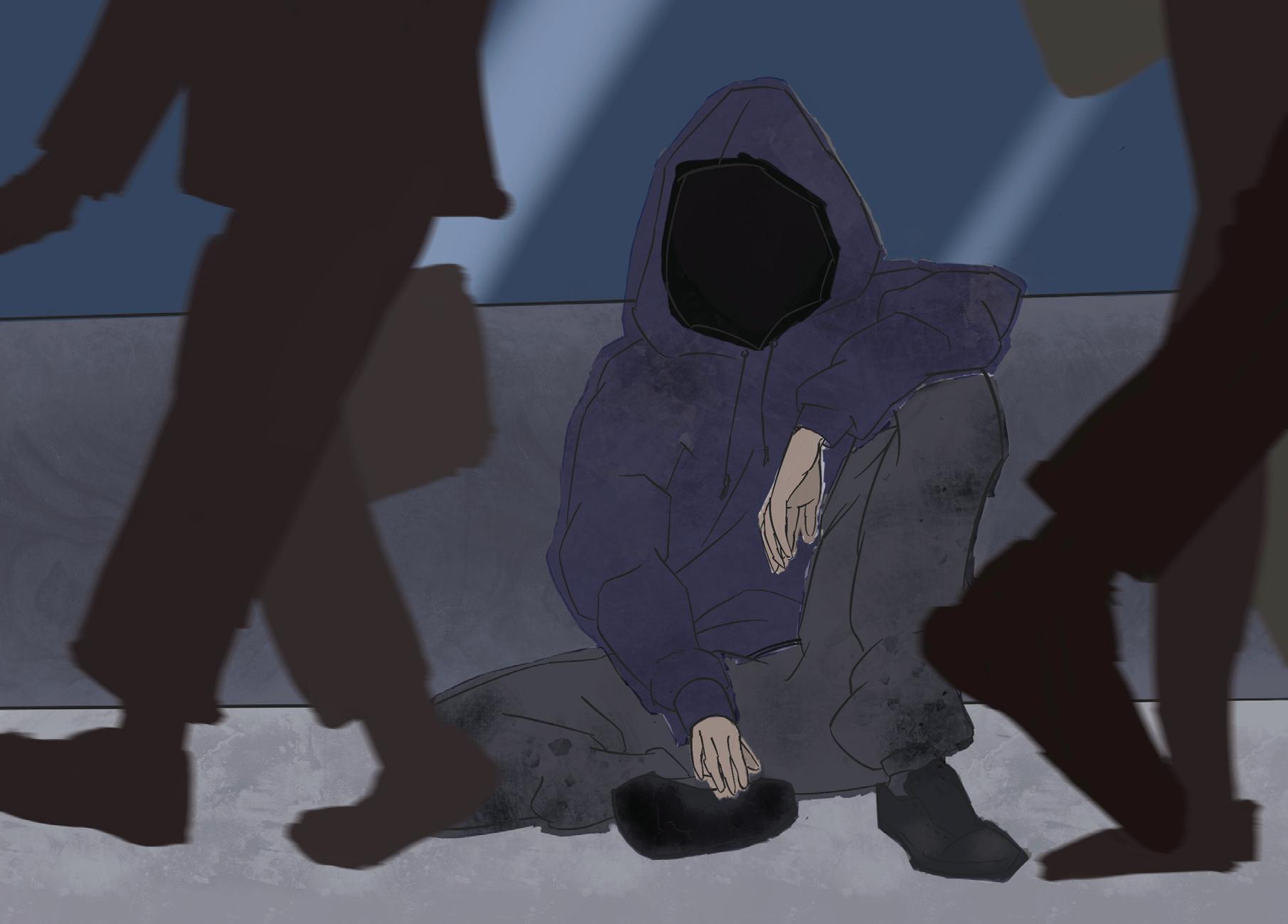 Follow Hailey on Twitter @haileyfargo
Follow Hailey on Twitter @haileyfargo
Several San Jose State community members say the way news publishers sensationalize public crises regarding houselessness in the media can shift public focus away from larger issues.
Instead of houseless individuals receiving help, many of them can be shunned away because of how the media portrays them for clickbait.
Sensationalism is an editorial tactic that attempts to attract an audience’s attention by exaggerating information at the expense of accuracy, according to a Nov. 12, 2021 article by Reporter Magazine, a student-run publication of the Rochester Institute of Technology.
Anthony Majano, senior sociology student and Student Homeless Alliance president, said news outlets should be providing facts and uplifting victims’ voices, but instead they are disconnected from reality.
Majano said the media blames victims and builds negative narratives to gain an audience.
“It’s mainly because of money, it does sell sensation – sensationalizing some crisis, making it sound like it was caused by a specific target and making it seem like there are specific oppositions,” Majano said. “Creating this ‘bad guy,’ ‘good guy’ and ‘evil’ oftentimes does sell much more than just reporting facts as is.”
Majano said he believes that people in power, including landlords, have the capital to make the media say what they want to hear and as long as people are profiting from those situations.
He said there will unfortunately be no improvements in our wages or system in which we currently live.
Majano said he thinks that if the media continues to create negative narratives of unhoused people, society will start believing that they are abnormal
and dangerous.
“If your experience is not aligned with that of what the public already believes of you, then it’ll be ignored. You’ll be treated as different, as an outcast,” he said. “People will be more hesitant to approach you because they already have such a negative viewpoint as to you and who you are as a person.”
Majano said houseless people constantly being dehumanized makes it more difficult for them to get back on their feet and reach out for help.
About 56% of respondents get their information about houselessness in the U.S. from news outlets and local TV, according to a March 16, 2021 article by Invisible People.
Invisible People is a nonprofit organization that works with houseless people, according to its website.
Other sources the participants get their
information from included newspapers, online news, social media, politicians, national news and word-of-mouth.

Majano said it’s extremely difficult when houseless people have to face off against a multibillion-dollar media company that is telling its audience that it shouldn’t interact with them, that they’re not human beings.
Joe Biagini, SJSU radio, TV and film lecturer, said news organizations sensationalize crises because they are businesses that are seeking to gain profits.
“I think sometimes if they’re sensationalizing, it’s because they’re thinking more in terms of clicks and views, rather than thinking in terms of informing people of stuff they might want to know,” Biagini said.
He said the media has room for change and improvement, but also media consumers contribute to that issue and
should take some responsibility in which stories they view.
“There’s things they could always do better, as could we, as the viewing public, as far as the stories we’re going to click on as far as not feeding the beast,” Biagini said.
He also said the news tends to focus on houseless individuals, rather than houselessness as a whole.
“A lot of the news stories focus on the people that are on the receiving end of these problems and issues, but then they become seen as the problem, which then results in all the nimbyism and all that stuff,” Biagini said.
NIMBY, or “Not in My Backyard,” is an acronym describing people who are opposed to cheaper housing developments near their homes, according to a Nov. 17 2021 article by Shelterforce, an independent publication that covers community development, affordable housing and neighborhood stabilization.
Jorge Prado, journalism and mass communications professor, said the more sensational news outlets portray something, the more viewers will be interested.
Prado said he recently came across a story about homelessness in San Francisco and noticed there were more Latino names mentioned than others.
He believes the media should be unbiased because it can misinterpret stigmas around certain groups of people.
“I mean, all groups commit crime,” Prado said. “All groups have formulas, all groups have mental health issues.”
He said he doesn’t want to believe that the media purposely does this to create narratives on people, but he’s aware that it does occur.
“As a business, you need to have that captured audience in order to get good ratings because good ratings means more money for the station,” Prado said.
Follow the Spartan Daily on Twitter @SpartanDailyshe wasn’t doing anything about it.
I remember waking up to her outside, disoriented, taking my dog Teddy on a walk and having to help her back inside. I had school that day and begged her to let me take her to the hospital. She told me not to worry and that she’d wait for my dad to come back from work.
I could never imagine leaving San Jose especially for Aptos. Everything I had imagined in life for myself kept crashing down. Looking back, it was a selfish mindset to be in, but I just couldn’t move past a decision over which I had no control.
problem in front of me and did exactly what my parents did with me, not being able to handle it at the moment.
Bojana Cvijic EXECUTIVE EDITOR
It started with a toothache.
I grew up in San Jose as the immigrant daughter of Bosnian refugees who escaped war and have to carry that trauma with them for the rest of their lives even if they don’t want to admit it.
I lived in the same one-bedroom apartment for most of my life. I can still remember the address, where it was in the complex, the colors outside the home and how cluttered it was because of my mother’s inclination to hoard objects.
I remember constantly complaining about that place, how I desperately wanted to leave that place in the city, how much I hated it, how I wanted better for my parents and how badly we needed a larger space.
The saying, “you’re one paycheck away from being homeless,” is a lesson I learned through a sequence of events that I would never have expected to lead my family and I to eventually become unhoused.
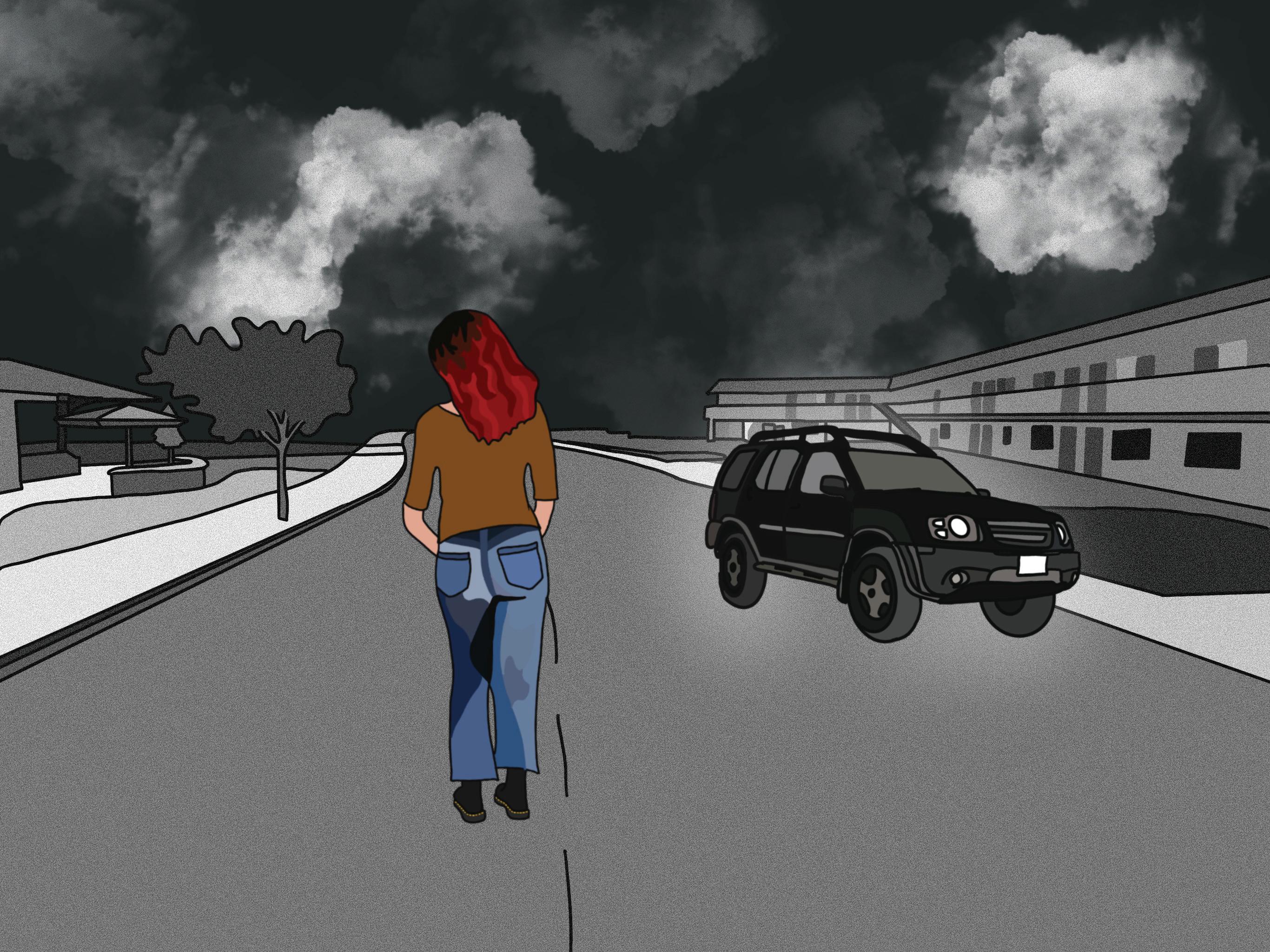
It started when my uncle died in a car accident in November 2016. He was my mom’s younger brother and they were extremely close. The heartbreak and grief my mother felt was immeasurable.
The following month, my paternal grandmother died on Christmas Eve.
Those tragic events and my mother being a heavy smoker led to her having a stroke on Jan. 31, 2017.
I still remember my guilt over the stroke. I woke up in the early hours of the day, crying out in pain of my toothache. My parents always procrastinated over my dentist appointments. I couldn’t take it anymore and started a massive argument with my mother about how much pain I was in and how
I found out how severe the situation was from my dad during my photography class. From there on, I had to witness my mother learn how to live life after such a transformative event.
We had to face the immense weight of how we would survive financially in the city of San Jose after my mom was not able to work anymore.
She was a preschool teacher for most of her working career in the U.S. but had moved to cleaning houses, causing her great physical strain, which eventually led her to leave her job.
Our rent for our one-bedroom apartment was $2,500. We could barely make rent with my mother working, and now that she wasn’t, it became impossible.
I could not afford to help my dad with my job and I kept thinking of the ways I could’ve pitched in more and how difficult it was for me to contend with the little I could do to help the situation.
My father ended up selling his beloved truck, a 2002 white Toyota Tacoma that was the first car he bought in the U.S.
He had to borrow money from multiple people just to scrape by for rent.
Then, to make matters worse for us, Teddy, my beloved childhood dog and best friend passed away after 15 years.
It felt as though life just kept throwing us one terrible situation one after the other. How much more could happen?
Moving houses was the only viable option.
A soccer friend of my father provided us with another choice: leave our apartment in San Jose and move to Aptos, a city near Capitola, for an apartment with a rent of $1,500 a month.
I was adamant we shouldn’t leave.
However, the “friend” my father had was taking advantage of my father’s help in renovating his house for nothing in return, knowing that my dad needed help with his income because work at his current construction company was slow.
I was at San Jose State and paying for school while working part-time, yet again not able to help.
After five months of broken and empty promises, along with a neighbor who did not like my parents and worked with my father’s friend, we were given three days to leave the apartment complex.
Knowing what I know now about tenant rights, I know there was more I could have done to fight for us to stay. But back then, I knew absolutely nothing about what to do.
My aunt was moving into affordable senior housing and we had to stay in a motel for over a month. After that month, my dad’s work started to dry up again. My parents and I lived in our respective cars.
The new routine started to settle. I would go to a Starbucks bathroom everyday, one with privacy where I was able to wash up and brush my teeth. I even did a makeshift skincare routine to restore a sense of normalcy in my life.
I remember lying down in my car, looking out the window in the early mornings, trying to see through the condensation, thinking about every life decision that led me to this moment, to this life.
Eventually, I lost my car in an accident and I ended up living with my parents in their car. My mom chose to sit in the front seat to sleep and let me have the back even though I begged her to take the back because of her disabilities from
of my family because of the shame and guilt I felt.
They knew something was wrong and would ask, “Why is she staying around so often when she has a place to be?” And I just couldn’t tell them the reason.
Being houseless is a shame that I cannot describe. You don’t feel human. You feel like it’s all your fault for not working hard enough, for falling through the cracks of America’s cruel social system, one where you are almost designed to fail.
I felt as though failure is an inevitable part of life and that I was one step away from losing a job, a step away from a medical emergency changing the entire trajectory of my life. This country is not made for you to live your life in comfort.
I was not able to shower for weeks, nor able to stay in one place for long periods of time because I was scared that a worker would realize I am using the bathroom for longer than normal because I just needed to feel some semblance of cleanness. No one understands that unhoused people do not want to be unhoused.
They do not want to go to the bathroom in a parking lot, they don’t want to smell, they don’t want any of the traits people associate with unhoused people.
It is high time we stop blaming people for the situations that they are in and realize that capitalism has failed us and that it is not sustainable to live in the system we do now.
I was terrified, the cruelty of the landlord-tenant relationship is one that I know well and it’s a relationship that shouldn’t exist.
Housing should be free. It is a human right that people should have a safe and sanitary place to live.
After those three days, we decided to move back in with my aunt in San Jose temporarily.
We were sheltered, but we were officially unhoused.
Finding new housing is not easy, especially in San Jose. My parents did not have a good credit score. I was also tired and traumatized so I tried to run away from the
her stroke.
My dad would go to work and my mother and I would wait for him. I’d take the car to get us coffee and food, trying to start my day and then go back to the parking lot and wait for my dad to come back.
The days were slow and torturous with nothing to do but look for jobs and apartments, pretending to feel normal while waiting for change to come.
I would see my friends often, staying at their places with them not knowing I was unhoused. I was terrified of telling anyone outside
I have come to the realization that the stroke, which felt like the turning point of my and my parents’ lives, was not my fault, as much as I wanted to believe that it was.
My mother’s health was not fully her responsibility and my parents not being able to afford a dentist wasn’t their fault but the fault of a system that waits for you to fail and that is a system that cannot continue to exist.
Follow Bojana on Twitter @bojanaacvHousing should be free. It is a human right that people should have a safe and sanitary place to live.